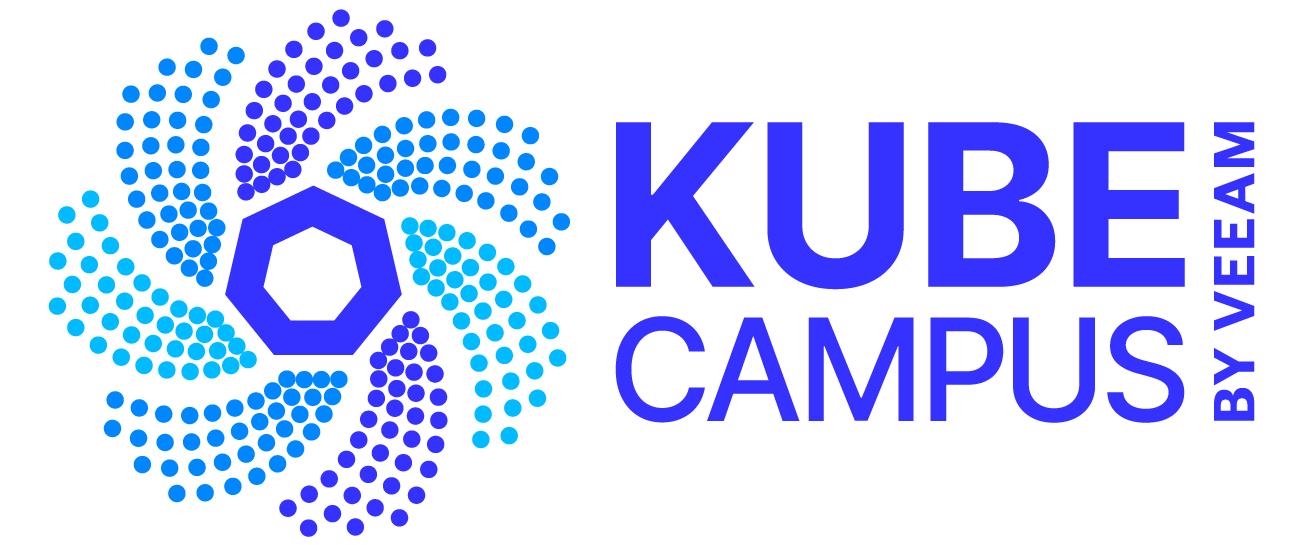Kubernetes adoption continues to accelerate among the cloud native community. While the platform promises many benefits, realizing its full potential depends on your ability to understand the state of the system, so you can identify and address any problems. This process is called “observability.”
In its recently released Gorilla Guide, “Observability in Kubernetes, Foundation Edition,” Dan Sullivan and Kasten by Veeam take a deep dive into the requirements and advantages of observability, why it’s a critical process for a well-functioning Kubernetes environment, and commonly used observability tools. This blog post summarizes key take-aways from the Guide.
Why is observability important?
Observability takes monitoring to a new level by collecting and analyzing metrics to provide a comprehensive view of the state of your Kubernetes environment. Using purpose-built tools, you can organize various metrics from different sources, and make inferences about the environment’s health and performance. Then, you can use that information to optimize the environment.
Some of the questions you can answer with observability include:
● Are resources being used efficiently?
● Are services meeting SLAs?
● Is the environment scaling properly and as expected?
● What’s broken or needs attention?
Observability metrics can be used to enhance reporting to upper management, as well.
3 levels of observability
In the complex Kubernetes environment, there are three levels of observability:
- Infrastructure: Here, observability focuses on the state and utilization of nodes, networking operations, and storage system performance.
- Cluster: Inside the cluster are various components. Cluster-level observability helps you understand how those various components are functioning.
- Services: Services in Kubernetes access groups of pods governed by an access policy. The focus of observability at this level is on how services are routing requests to pods.
Observability expands upon monitoring to provide a more complete picture of the state of your Kubernetes environment. It leverages Cluster Monitoring Nodes inside Kubernetes clusters to provide basic metrics, and Pod Monitoring to understand the state of containers and apps. Metrics may include the number of pod restarts or missing pods, pod usage and more.
Arm Yourself with the Right Observability Tools
Without the right tools, observability is challenging if not impossible. Here are the tools most commonly used for effective observability:
- Kubernetes Dashboard: Designed for Kubernetes clusters, the Kubernetes Dashboard is a web-based app for deploying, editing and monitoring containerized applications. You can use it to access the status of your apps, and it has features for modifying workloads and troubleshooting problems. It also displays activity logs for your pods.
- Prometheus: This open-source CNCF tool allows you to collect detailed metrics from applications and platforms, including Kubernetes. The tool discovers resources and collects metrics and data at regular intervals.
- Grafana: Grafana is an open-source visualization tool that’s often used to visualize the metrics Prometheus collects. It has four built-in dashboards that display information about resource usage and cluster operations. It also comes with a set of curated metrics and alerting capabilities, out-of-the-box, and you can build your own custom dashboards to fit your needs.
- Kasten K10 by Veeam: Kasten K10 is a leading backup and recovery tool, but it can be used to enhance the monitoring and alerting capabilities of other observability tools with additional metrics around compliance, action and storage, as well.
Using these tools for observability at all three levels – infrastructure, cluster and services – can help to ensure your Kubernetes environment is running smoothly and efficiently at all times, so you can capitalize on all the benefits it has to offer, including cost-effectiveness, multi-cloud capability, scalability and increased productivity.
Download the Gorilla Guide for a more in-depth look at observability in Kubernetes. To learn how Kasten K10 metrics can enhance your ability to monitor, alert on and resolve issues in Kubernetes clusters, check out KubeCampus. We offer an application monitoring lab that will enhance your knowledge and get you off on the right foot!





